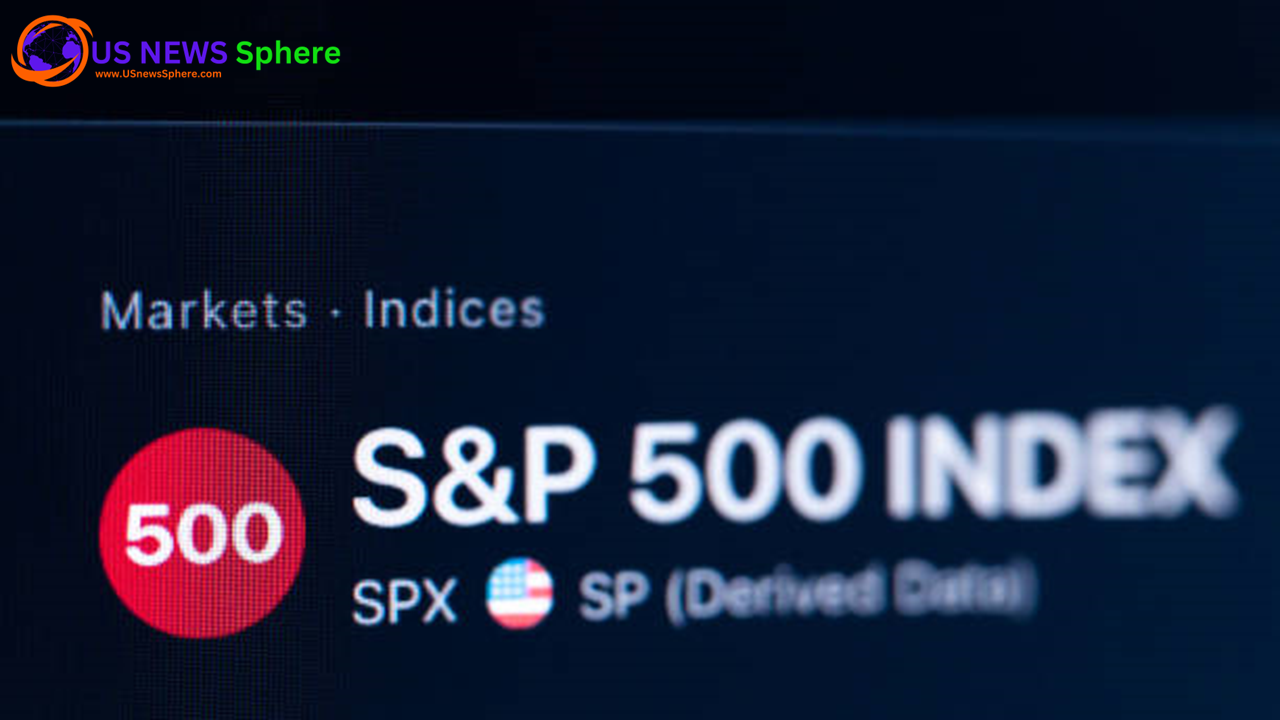S&P 500 ; Despite the dynamic and volatile nature of stock markets, there are times when major indices like the S&P 500 exhibit minimal overall movement. Over the past two years, the S&P 500 has churned and remained largely at the same level. In this article, we delve into the factors contributing to this stagnation and what it might imply for investors.
Table of Contents

S&P 500:
1. Economic Factors Influencing Stagnation
- Global Economic Slowdown: Many countries have faced economic headwinds, from trade tensions to geopolitical uncertainties. This has impacted global consumption and investment.
- Interest Rate Dynamics: Central banks, particularly the Federal Reserve, have had a challenging time navigating the rate environment, with frequent changes in monetary policy influencing investor sentiment.
- Inflation Concerns: Steady or rising inflation in various economies has been a deterrent for significant stock market gains, impacting corporate profit margins.
2. Corporate Earnings Plateau
- Diminishing Returns: Major corporations have reported stagnant or minimal growth in earnings, a crucial driver for stock prices.
- Challenges in the Tech Sector: Tech giants, which occupy a substantial weight in the S&P 500, have faced regulatory and operational challenges.
- Supply Chain Disruptions: Global events have led to supply chain disruptions, further straining corporate profit margins.
3. Investor Behavior and Sentiment
- Risk Aversion: With the memory of previous market downturns still fresh, many investors have opted for safer assets, reducing the capital influx into equities.
- The Bond Market Appeal: Rising yields in the bond market have diverted some investment away from stocks.
- Global Diversification: Investors are increasingly looking at international markets for better returns, diluting the capital concentration in U.S. stocks.

4. Geopolitical Tensions and Uncertainties
- Trade Wars: Ongoing trade tensions, particularly between the U.S. and other major economies, have contributed to market unpredictability.
- Global Political Instabilities: Events such as Brexit, tensions in the Middle East, and North Korea’s nuclear ambitions have created an environment of uncertainty.
5. What Does This Mean for Investors?
- Seek Diversification: A diversified portfolio can help navigate such stagnant phases, offering potential avenues for growth.
- Stay Informed: Regularly updating oneself about global events and market dynamics is essential.
- Consult Financial Advisors: Engaging with financial experts can provide strategies tailored to individual financial goals.
While the S&P 500’s stagnation over the past two years may raise concerns, it is crucial to understand that stock markets move in cycles. Periods of rapid growth often follow stagnant phases. For investors, the key lies in remaining patient, staying informed, and adopting a diversified approach.
Navigating the Waters of Market Stagnation
In the world of investments, it’s essential to recognize that the stock market is much like an ocean – sometimes calm, occasionally stormy, and at other moments, seemingly motionless. The S&P 500’s recent inertia serves as a poignant reminder that even the mightiest of indices can experience periods of dormancy. Yet, history tells us that after calm often comes a surge of activity. For the discerning investor, these periods aren’t merely moments of standstill but opportunities for reflection, recalibration, and anticipation of the next wave. By keeping a diversified portfolio, staying updated with global happenings, and leaning on the wisdom of financial professionals, one can not only weather the stagnant times but thrive in the inevitable tides of change that follow.





